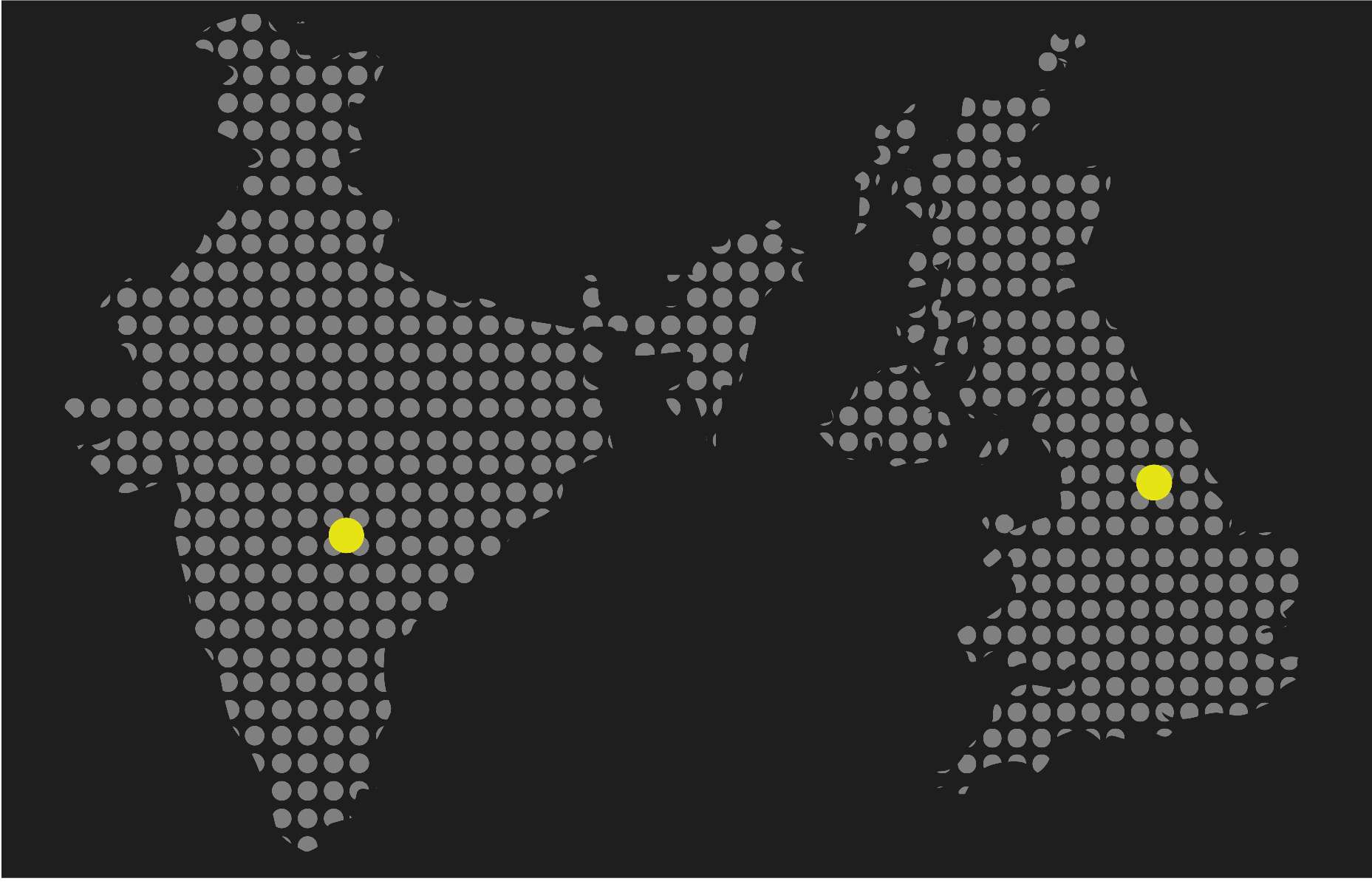Fire alarm and Fire Detection Systems
Establishing a safe and secure territory for work, residence and living are vital. Construction systems in the UK are stringently built with a design to elevate safety and security. As such, Fire safety is a paramount factor in any setting and should be a major concern. For officials, setting up a building with complete and functional fire safety equipment should be a top priority to provide a safe, secure and reliable environment.
To establish fire safety, setting up rigid, strict, and carefully measured fire alarm systems and fire detection systems are important.
In Barnsley and Sheffield and soon in the whole UK, Network Communication System; NCS is delivering fire alarm system installation service with complete optimization of checkpoints and associated liabilities.
The apparatus and fire safety equipment can be installed in domestic and non-domestic premises of the UK and wherever one wishes to upgrade the fire safety levels in the UK. According to the amendments in fire safety, BS 5839:1- 2017 laws with revised terms and instructions have been proposed to further strengthen the fire safety apparatus and mitigate fire accidents and false calls.
Why do fire safety laws need revision?
In the UK, fire safety was always a concern hence there was the proposition of strict laws for premises to ensure fire safety. The laws included the establishment of a network of associated communication channels along with fire detection and alarm systems. Till now, the fire alarm was of manual call point type with inbuilt communication numbers.
In case of fire or detection of fire-like accidents, an automated call is used to get generated to ambulances, police stations, and fire brigade stations to start the rescue. But often items there was a false call of fire alarm observed. The reason observed is temperature or humidity change.
In such a scenario, the associated helping authorities tend to block the number from that area resulting in compromise of the fire situation handling for future times.
To combat these false negations, BS 5839: 1- 2017 has been proposed to keep a check on manual call points and to eliminate or mitigate the false fire call alarms.
Fire alarm systems: a salient requirement for commercial premises
Generally, fire safety alarms and equipment are installed at the time of construction. The installed alarms and systems should be in working condition and should be equipped with efficient sensors to detect fire at an early stage to curb and hold.
The installed systems are expected to provide fire safety to building inhabitants. The system should be easy to handle for seamless application with less havoc in the condition of fire.
Traditionally, there are two types of fire alarm systems-
- Conventional fire alarm system
These consist of zones. The whole setup of the fire alarm system is connected to the main wire system. The initiating, as well as the notification devices, connect to the main control panel. The control panel is triggered by the fire conditions and sends an activation to the whole system.
The exact location of the fire can be hardly identified as the whole system is connected and sends a centralized alarm.
- Addressable fire alarm system
In these systems, each device of fire safety is addressed and identified and all are marked up with their exact position. The system is interconnected with all the devices. The exact location of the device where the fire is detected can be identified and generally, the whole evacuation is not required and the identified zone can be independently rescued.
These types are more preferred in large buildings where evacuation of complete premises could be cumbersome and disturbed.
How are the fire alarm systems designed?
While designing a particular fire alarm system, the building type, capacity, electrical earthing facility, and other vital factors are carefully considered and comprehended. In addition, the system types, and system components all play an important role in fire safety alarm designing.
However, the alarm systems shall be designed in such a way as to reduce the limitations of the usage and to mitigate the faults in and of the work systems of the installation. In NCS, the fire alarm systems are well checked and evaluated before the final installation.
A well-versed fire alarm system should have the following touchpoints-
- Detection zones
The building has to be divided into classified detection zones equipped with manual call points or detectors. This division has to be done on small as well as on massive multi-story buildings. This helps in detecting the origin of the fire and further steps taken towards the fire curb.
- Alarm zones
In case of fire, an immediate evacuation is recommended. In such a case, an active alarm system is required to alert everyone or to inform every individual present on the premises about the fire situation. This can be done either by one alarm throughout the premises or by different zonal alarms in the case of massive structures.
- Communication with concerned helping authorities
To confirm the seamless functioning of fire alarm systems. It is vital to connect them with communication systems so that the concerned authorities for help can be timely informed and rescue can be started. According to the type of system installed, the communication authorities have to be established.
Some fire alarm systems need human involvement and therefore are connected with the calling system while some are connected by automated approaches which send centralized alerts to nearby fire stations. But the system has to be checked thoroughly for timely channelization and operation
- Manual call points
These points should be properly placed on the premises making sure no point is far away from each other. In addition, the system has to be well coherent with the alarm system and should not lag much from the alarm system. The response should be rapid as well as dynamic enough to inform all present at the premises.
Fire detection systems
Fire detectors are designed to detect any type of smoke, combustion gases, excess heat, and some specific radiations to successfully detect any fire possibility or fire situation. The fire detection systems can be characterized based on the following factors-
- Time of response
- Cost and maintenance
To establish an exquisite fire detection system, the following checkpoints are recommended-
- Multi-sensor fire detectors should no longer be deemed to variation in category L3 or L4 systems and escape routes for category L1 fire systems.
- A separate sub-clause should be addressed for video fire detectors.
- The maximum ceiling heights should be used as guidance for the vertical structures only such as lift shafts and stairwells.
NCS: an ultimate solution for fire safety apparatus installation in the UK
Network Communication systems have carefully comprehended the UK’s architecture to imbibe the ideal methods. We have been assaying fire safety apparatus for years now and have an expert team on board to help from installation to the management and servicing of fire alarm systems and fire detection systems.
An improved approach
According to the BS5839-1:2017 updates, in 20.2 b, to reduce the chance of either accidental or malicious fire alarm activation, manual call points are advised to be fitted with a fire alarm call point protective cover able to move to get access to the frangible elements. Additionally, all the manual call points present in the vulnerable areas are said to be prone to false activation and should now be protected, without the need to consult specific fire safety officers.
The protective care fire alarm systems reduce the false alarm and elevate the real situation profiling. The protective cover over the alarm system and manual call points makes sure the system doesn’t catch an increase in temperature and humidity as the activation signals and only the real situations get reported and rescued.
The NCS has carefully adapted the updates required and is now installing the fire alarm systems with protective care in the UK.
Fire detection system Installation
To install the fire detection systems ideally, experienced professionals should do the job by keeping in record the premise’s details, locations, and extrapolation of some vital facts. The installation should be done at the time of construction with proper planning and compatible devices.
Network communication system; NCS with years of expert experience is now providing efficient fire system installation and up-gradation services in Barnsley and Sheffield. We adopt the latest fire industry thinking and the availability of new technologies including added guidance on the use of video surveillance fire detection and multi-sensor fire and smoke detectors to reduce the occurrence of false alarm activations and to optimize the fire alarm and fire detection systems.
Conclusion
Fire situations need rapid and efficient response time. To ignore any glitch in the protection, specific types of fire security apparatus should be installed. These can be addressed according to the building’s location, nearest fire control units, area, and other important factors.
The fire alarm systems have to be installed keeping in mind the specific guidelines and properties. The same has been revised in BS 5839:1-2017 updates. The manual call points and other installation methods have been revised with modifications in design, placement, and applications and it has been intensively advised to design manual call points with protective covers.
A variation to the recommended Code of Practice must be considered within the installation of fire safety apparatus. NCS has absorbed a thorough understanding of fire safety apparatus and is now providing an efficient and rapid service of fire system installation. The whole management and up-gradation are also provided in a completely hassle-free manner keeping in mind the UK’s guidelines and legal requirements.





